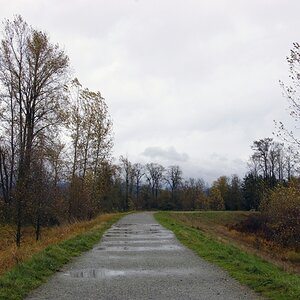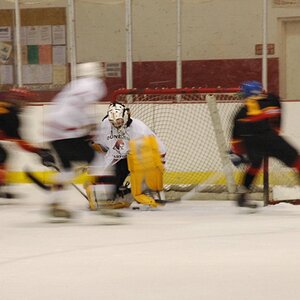Well, I know this is a general question and has been asked by others here. I have tried to read as many as I could. I hope most of you don't get bored reading this and can help 
I just don't understand why I can't get a sharp, clear picture with my Digital Rebel?
I have a few years old Olympus C3030 that takes beautiful pics. I even have a cheaper HP M305 digital camera that does a mighty fine job for the most part.
I took some pics at a friend's wedding this past weekend and wanted to have some nice ones so I borrowed a Canon 20D thinking it would do better than my Digital Rebel. The pics looked identical on what I took with my regular Rebel. Soft looking, not real sharp.
Also of note.... the majority of the problems I have are when taking shots indoors. Almost always, outdoor sunny shots come out beautiful on my Rebel.
Yes, most of the time I have been using the automatic setting on the camera as I'm getting familiar with manual controls. But I'm having a hard time grasping why the 'automatic' setting on a $90 HP camera takes a better picture than the automatic setting on a $600 camera (was $600 when I bought right when it was released).
On top of that, the 20D apparantly had some debris somewhere that caused a blemish on about 100 pictures.
I'm not very good with Photoshop. Any suggestions you can offer to remove this blemish? Luckily most of the pics are in one spot and the blemish is on a solid background.
Below are some samples. These are just candid pics taken in between the shots of the 'pros' that were there.
http://www.picnuts.com/ourfamily/a433
If those don't show enough detail I can upload the raw images for download.
I just don't understand why I can't get a sharp, clear picture with my Digital Rebel?
I have a few years old Olympus C3030 that takes beautiful pics. I even have a cheaper HP M305 digital camera that does a mighty fine job for the most part.
I took some pics at a friend's wedding this past weekend and wanted to have some nice ones so I borrowed a Canon 20D thinking it would do better than my Digital Rebel. The pics looked identical on what I took with my regular Rebel. Soft looking, not real sharp.
Also of note.... the majority of the problems I have are when taking shots indoors. Almost always, outdoor sunny shots come out beautiful on my Rebel.
Yes, most of the time I have been using the automatic setting on the camera as I'm getting familiar with manual controls. But I'm having a hard time grasping why the 'automatic' setting on a $90 HP camera takes a better picture than the automatic setting on a $600 camera (was $600 when I bought right when it was released).
On top of that, the 20D apparantly had some debris somewhere that caused a blemish on about 100 pictures.
I'm not very good with Photoshop. Any suggestions you can offer to remove this blemish? Luckily most of the pics are in one spot and the blemish is on a solid background.
Below are some samples. These are just candid pics taken in between the shots of the 'pros' that were there.
http://www.picnuts.com/ourfamily/a433
If those don't show enough detail I can upload the raw images for download.


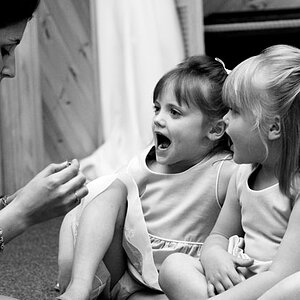
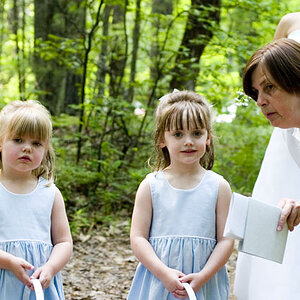
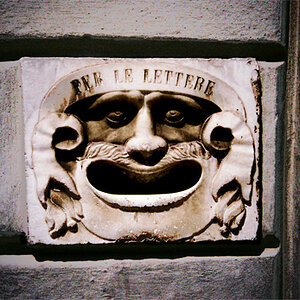
![[No title]](/data/xfmg/thumbnail/31/31087-2287670c7bc11f26914352b7d9404588.jpg?1619734603)
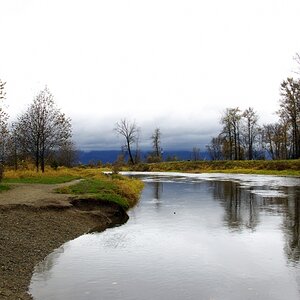

![[No title]](/data/xfmg/thumbnail/35/35928-33efa691642c029d54412fa1dc22b78a.jpg?1619737232)
